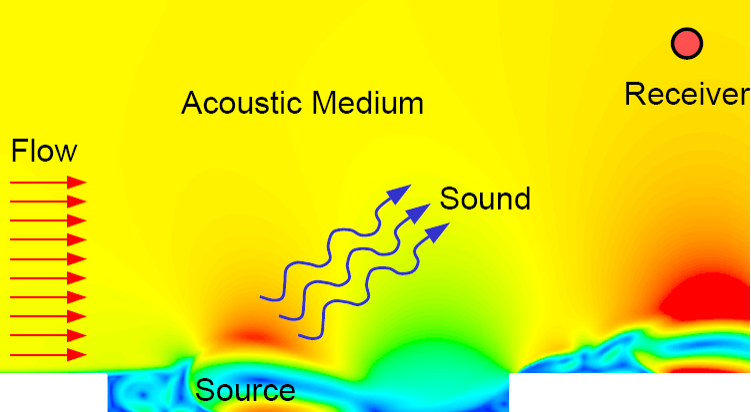Flow-generated noise can have significantly adverse effects on our everyday lives. Product designers and engineers at the world’s most innovative and successful companies have recognised this fact, and are increasingly using CFD to incorporate noise mitigation strategies into their product design process.
Archives
Smart gas appliance manufacturers use rising gas costs to their competitive advantage
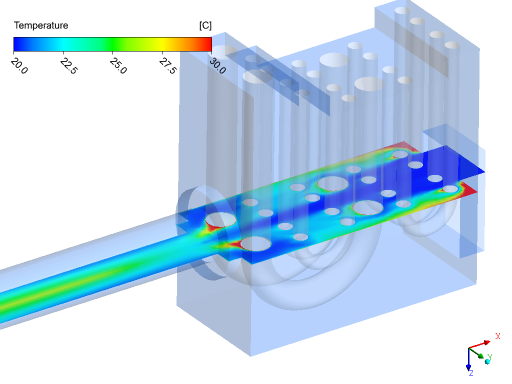
With gas prices predicted to skyrocket in the next few years, an opportunity exists for engineers and designers of gas-fired appliances at smart manufacturers to use CFD to gain an edge in the competitive Australian market.
Solving Complex Combustion Challenges with CFD
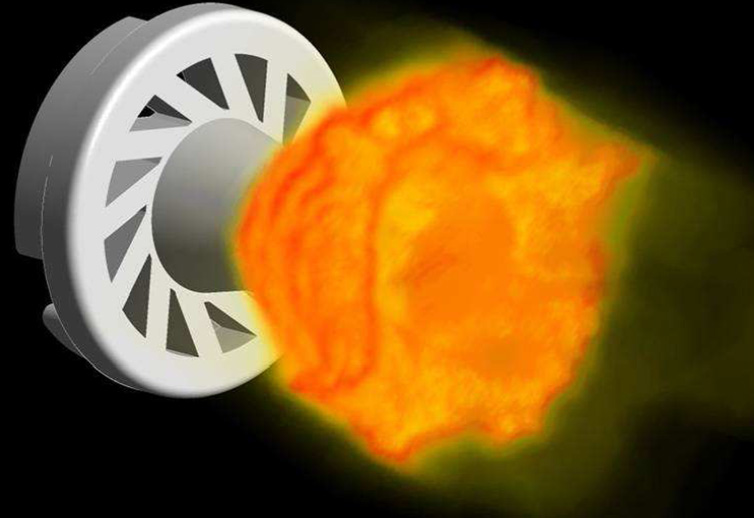
Combustion technology underpins almost every facet of our modern life, from electricity generation to industrial heaters/furnaces through to automotive engines. Increasing social and economic pressure to minimise energy use and reduce pollution is driving the use of CFD to improve the efficiency of combustion processes.
Using CFD to enhance your mixing process and drive down costs
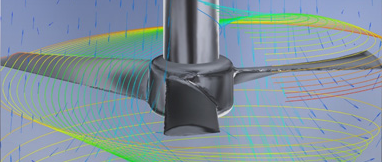
Mixing processes are critical to a wide range of industrial applications across the the paint, food, pharmaceutical, minerals and water treatment industries. CFD is becoming fundamental to the successful operation of mixing processes including clarification, cell culture growth, fermentation, polymerization and blending.
Guest Blog: The untold CFD story of James Cameron’s Deepsea Challenger

Phil Durbin from Finite Elements explains the untold CFD story of the design and testing of James Cameron's DeepSea Challenger, a solo manned submarine that ventured 11km down to the deepest place on earth, the Marianas Trench, in March 2012.
How can I drive Fluent UDF Parameters directly from ANSYS Workbench?

Our support team is tasked with helping our customers to extract maximum value from their CFD simulations, and we are always striving to help customers who work at the bleeding edge of CFD. A common question is: How can I drive Fluent UDF parameters directly from ANSYS Workbench? The ANSYS Fluent User Defined Function (UDF) framework gives Fluent users an almost unlimited ability to modify the physics solved in their simulation model. Customisation can extend from simple properties such as boundary condition profiles, through to complex particle-fluid interaction laws. The ANSYS Workbench interface provides the infrastructure to specify parameters that can be used to drive any simulation inputs (such as geometric dimensions or boundary condition values). By coupling the functionality of Workbench Parameters with Fluent...
Monash Motorsport take out "Best Use of Virtual Methods to Achieve Vehicle Targets" award at Silverstone

We are pleased to announce that long term partners of LEAP Australia, Monash Motorsport, have achieved a very respectable fifth place overall in the 2014 Formula Student Competition at Silverstone in the UK. Among the awards presented at the competition was one for the best use of virtual methods to achieve vehicle targets which was won by Monash Motorsport. With their advanced use of ANSYS CFD Tools for external and internal aerodynamics, as well as ANSYS Mechanical to evaluate part strength and performance before manufacture, Monash Motorsport has always placed a high emphasis on the use of computational tools as a means to achieve top results. Receiving the award was a testament to the hard work that the team members had dedicated to the project, and...
Tips & Tricks: Calculating the Mean Age of Air for HVAC simulations in ANSYS CFD
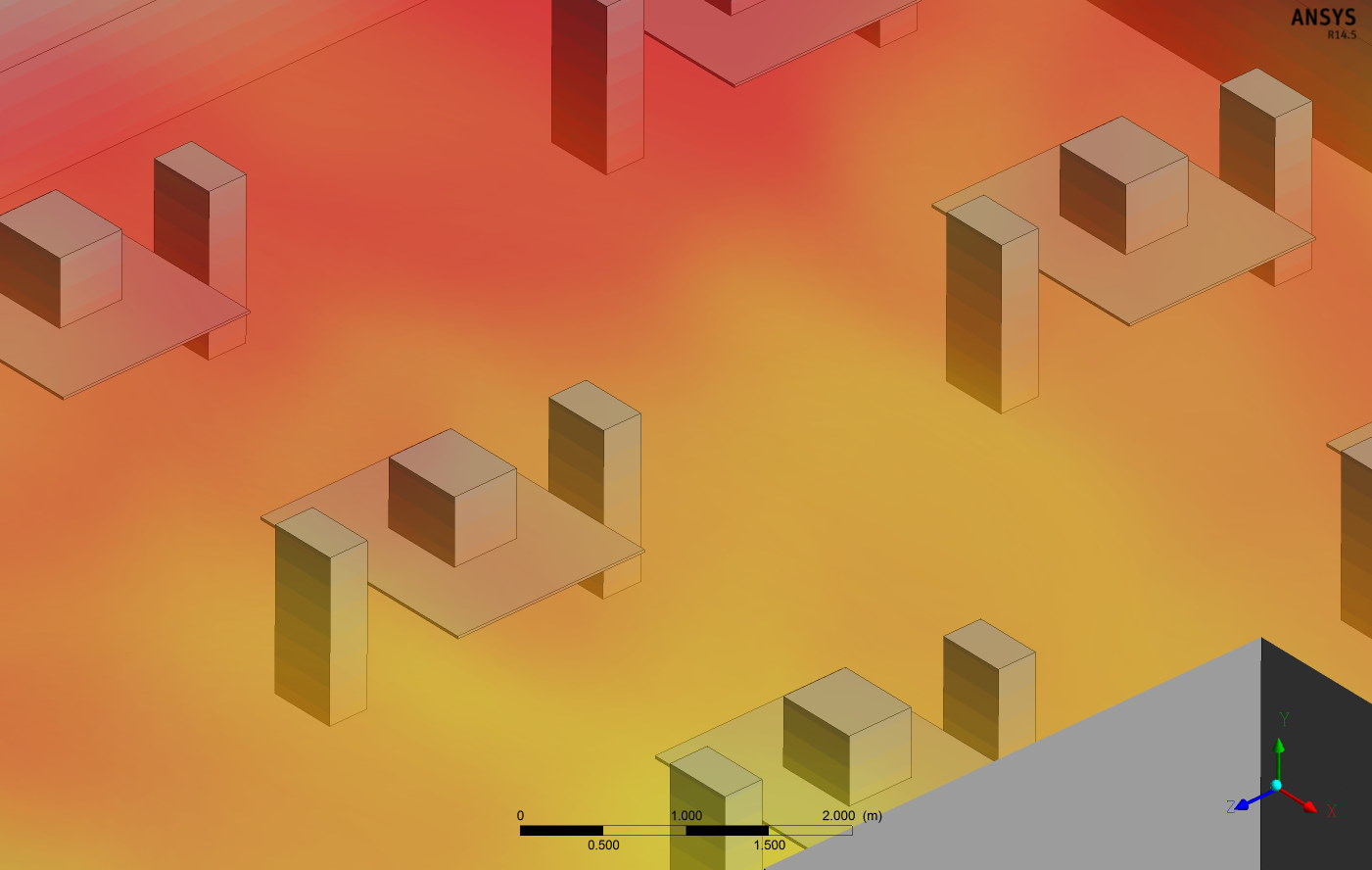
Engineers who are tasked with designing heating, ventilation and air-conditioning (HVAC) systems for buildings will need to assess the indoor air quality to ensure optimum health and comfort for occupants and meet minimum regulatory requirements. Generally a HVAC CFD analysis will take into account variables such as air temperature, relative humidity, air species concentrations and velocity. Additionally, CFD engineers can use ANSYS CFD to solve for the local "mean age of air" (MAA) to assess the air quality within an indoor environment. By examining MAA across the habitable space within a building, engineers can quantify the air change effectiveness (ACE) of their ventilation system and confirm that their design meets NABERS/GreenStar regulations. How can I plot the Mean Age of Air in ANSYS CFD-Post? Usually designers are interested...
Guest Post: ANSYS CFD helps Sunswift tackle the World Solar Challenge
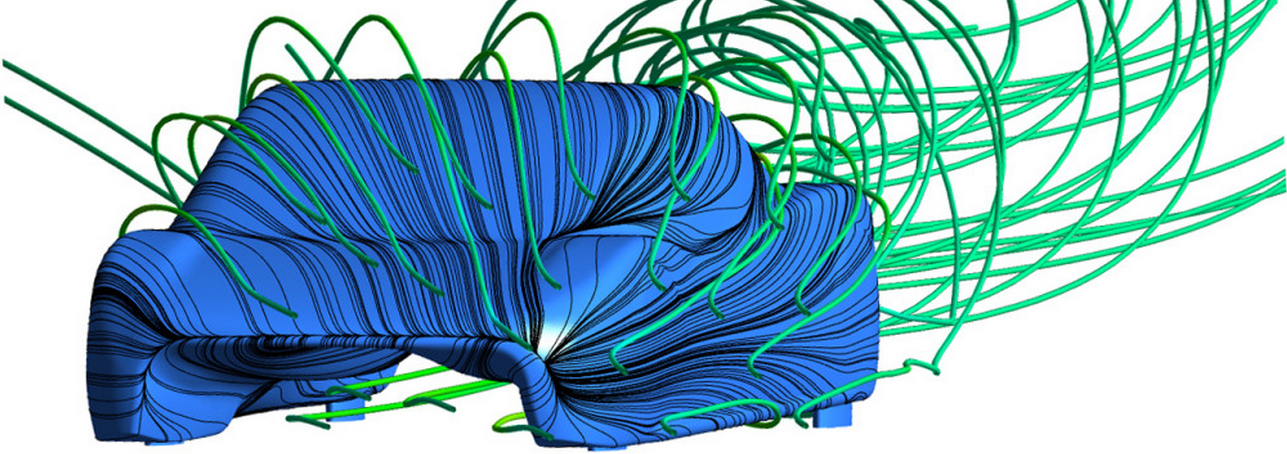
Issue 1 of ANSYS Advantage magazine places the spotlight on the academic use of CFD and other ANSYS software. Part of this issue is dedicated to student engineering competitions where students have the chance to use real-world engineering methods and tools such as CFD to design cutting-edge products, including race cars (FSAE) and solar passenger vehicles (World Solar Challenge). Many of you may know that LEAP Australia has for years been a strong supporter of the University of New South Wales' Sydney-based Solar Racing Team - otherwise known as Sunswift - especially during the design and development of their latest car, Sunswift eVe. LEAP provides students with training and mentoring in CFD and FEA software, and helped implement effective CAD-to-CFD workflows and optimisation approaches in Workbench....
Solving Conjugate Heat Transfer problems

For many simulations of real world engineering applications, the predictions of heat transfer properties are as important, if not more important, than the actual flow field. Such scenarios include simulations of heat exchangers, HVAC (Heating, Ventilation and Air Conditioning), combustion/burners, electronics cooling, and many more. In these applications, we are often interested in how heat moves through both the fluid and solid domains, and importantly the transfer of heat across the interface between adjacent domains. ANSYS CFD is a leader in solving all three modes of heat transfer: convection, conduction and radiation. Deciding which physics to include is critical to setting up an efficient CFD model. For instance, radiation provides a computational overhead but it is a very important heat transfer mode for bodies with high temperatures...

